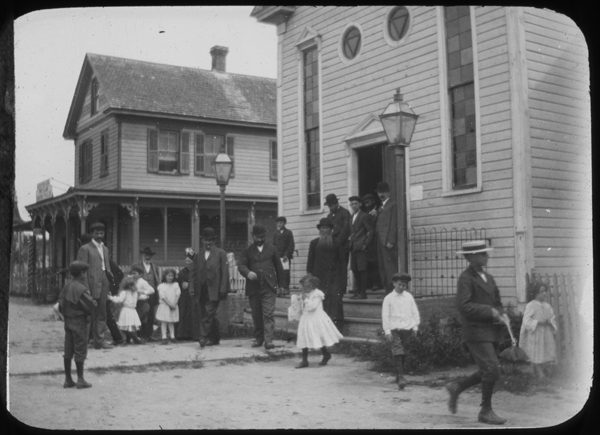
The creation of the mercantile system established a new reality for Jewish businessmen, and at the same time, created a new set of challenges in Jewish law and the rabbis tasked with applying its eternal principles.
In the early 1600s we see in the writings of the rabbis of the time that major changes were taking place. The Maharam of Prague, for instance, writes about an agreement known in Jewish law as hasugas gevul, i.e. a non-compete agreement. As a result of the explosion of opportunity created by the mercantile system it became difficult to have business territories. A virtual global economy had come into existence.
When a Jew took another Jew to a rabbinical court saying that he was infringing on his territory the case came to the Maharam of Prague. He answered that in reality the laws of hasugas gevul should be enforced, but that the present system of economics did not allow it to be enforced. He proposed that the parties agree in advance that there would be no such thing anymore as protected territories or areas. It would now be open for everyone.
That ruling reflected and recognized the fundamental change that was taking place in those times.
Similarly, at the end of the 1500s, there entered into the lexicon of Jewish law the principle of the heter iskah, which means “permission to do business.”
There is a biblical prohibition that prevents one Jew from taking interest on a loan from another Jew. According to the Talmud, this biblical injunction is limited. If someone wants to lend his friend $1,000 he is forbidden to give it on the condition that his friend pays him back $1,100. As long as there was no strong mercantile system — as long as money had an intrinsic value and was not symbolic, as it is in our times — Jews were able to live within its confines, as cumbersome as it may have been. But when the mercantile system exploded into existence in the 17th century and Jews were dealing with extremely large sums of money, a legal device was sought to allow them to operate within this new economic reality.
Basically, it is a great oversimplification, but the idea is to take a loan and convert it into an investment. One does not loan $1,000 and tell the borrower to pay him back $1,100. Rather, one invests $1,000 dollars with the borrower who is going to use it for business and the lender will have the opportunity to make a profit on that investment. Let’s say the lender is entitled to 15% of the profits. However, he does not want to sit down and have his accountant figure out 15% of the profits, so both sides agree that in lieu of the 15% of the profits, the borrower will give the lender a return on the investment of $100. That is basically the heter iskah.
This device of the heter iskah is in use today in many instances and it has become the accepted way of doing business. It has been refined to deal with such innovations as the idea of corporations etc., but the basic idea enabled Jews to become very active in the commercial and mercantile field at the inception of the mercantile system. As such, it serves as an example of how Jewish law is able to deal with new situations in life.












